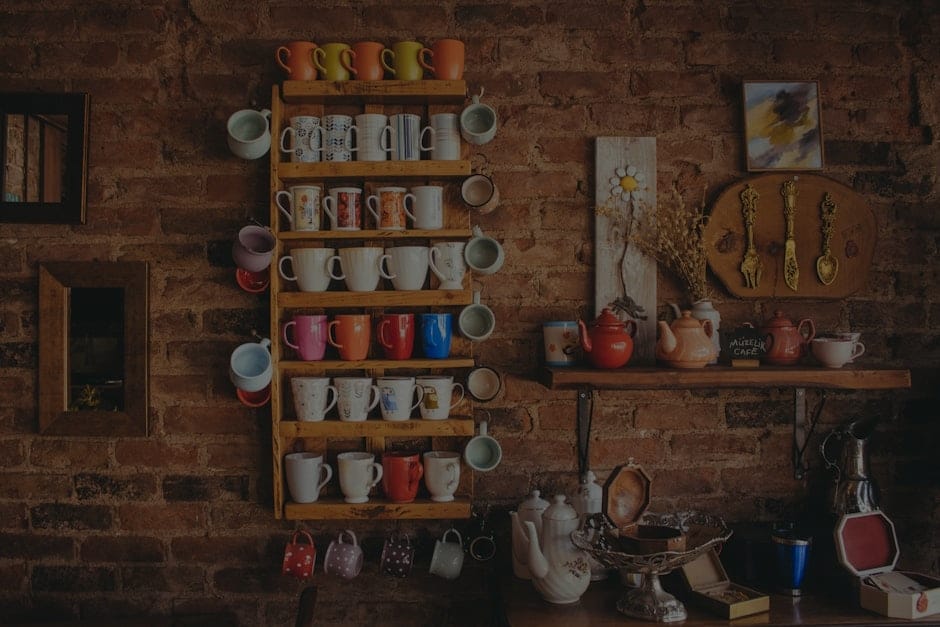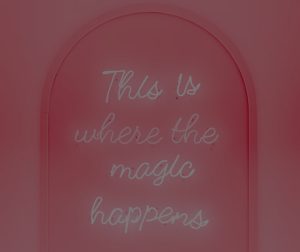Unlocking Harmony: The Art of Feng Shui in Home Decor
Discover how to create a harmonious living space by incorporating Feng Shui principles into your home decor. This ancient practice can enhance energy flow, promote well-being, and invite positive vibes into your life.
Understanding Feng Shui Basics
Feng Shui, an ancient Chinese philosophy, emphasizes the connection between our environment and our well-being. By arranging your living space thoughtfully, you can create a balanced atmosphere that nurtures positive energy, or “Chi.” This practice encourages mindful placement of furniture, colors, and decor to enhance your life.
Assessing Your Space: The Bagua Map
To start your Feng Shui journey, utilize the Bagua map, which divides your home into nine key areas, each corresponding to different aspects of life, such as wealth, health, and relationships. By aligning your decor with these areas, you can strategically enhance specific life aspects. For instance, placing plants in the wealth corner can invite prosperity and abundance into your life.
Decluttering: The First Step to Harmony
Before diving into decor changes, decluttering is essential. A clean and organized space allows energy to flow freely, promoting a sense of calm and clarity. Begin by removing items that no longer serve you or bring joy. This process not only improves energy flow but also creates a more inviting atmosphere for you and your guests.
Choosing the Right Colors
Colors play a significant role in Feng Shui, as each hue represents different energies. For instance, greens and blues are associated with tranquility and growth, while reds and oranges stimulate energy and passion. When selecting colors for your decor, consider the emotions you want to evoke in each room. A serene bedroom may benefit from soft blues, while a vibrant living room could embrace warm tones.
Furniture Arrangement: Creating Flow
The arrangement of furniture is crucial in Feng Shui. Aim for a layout that promotes conversation and connection while allowing for easy movement. Avoid blocking pathways with furniture, as this can disrupt the flow of Chi. Additionally, positioning your bed or desk in a “commanding position,” where you can see the door without being directly in line with it, fosters a sense of security and control.
Incorporating Natural Elements
Bringing nature indoors is a powerful way to enhance your home’s energy. Incorporate plants, water features, and natural materials like wood and stone. These elements not only purify the air but also create a calming atmosphere. Choose plants that thrive in your environment and resonate with you personally, as they can enhance your emotional well-being.
Accessorizing with Intention
Every item in your home should have a purpose and meaning. Choose decor that resonates with your values and aspirations. For example, art depicting nature can inspire tranquility, while photographs of loved ones can foster connection. Avoid cluttering surfaces with items that lack significance, as this can create stagnant energy.
Lighting: Illuminating Your Space
Lighting is a vital component of Feng Shui, as it can dramatically affect the mood of a room. Maximize natural light by keeping windows clear and using light, airy window treatments. For artificial lighting, opt for warm bulbs and strategically place lamps to create cozy, inviting spaces. Bright, well-lit areas promote positive energy and enhance your overall well-being.
Final Touch: Personalizing Your Space
Ultimately, the key to successful Feng Shui is personalization. Your home should reflect your personality and values. Incorporate items that inspire you and make you feel at home. By following these Feng Shui principles, you can create a harmonious environment that nurtures your spirit and enhances your quality of life.
Incorporating Feng Shui into your home decor not only enhances aesthetics but also promotes balance and tranquility. Embrace these principles to unlock the full potential of your living space and invite harmony into your life.










